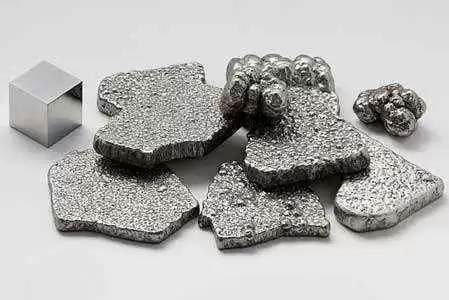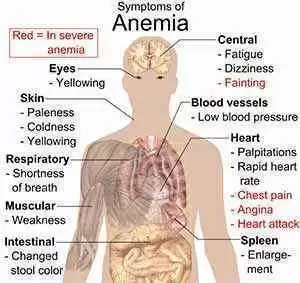
07/29/2013 - Rates of celiac disease in Caucasian populations of European origin are pretty well documented, but little is known about its prevalence in non-Caucasians.
Also, data shows that celiac disease is one likely cause of iron-deficiency anemia, but little is known about how celiac disease might contribute to iron deficiency in Caucasians, and especially non-Caucasians.
Celiac.com Sponsor (A12):
A team of researchers recently looked at for links between celiac disease and iron deficiency in both caucasians and non-caucasians.
The study team included Joseph A. Murray, Stela McLachlan, Paul C. Adams, John H. Eckfeldt, Chad P. Garner, Chris D. Vulpe, Victor R. Gordeuk, Tricia Brantner, Catherine Leiendecker–Foster, Anthony A. Killeen, Ronald T. Acton, Lisa F. Barcellos, Debbie A. Nickerson, Kenneth B. Beckman, Gordon D. McLaren, and Christine E. McLaren.
To find individuals with iron deficiency and to determine celiac disease rates, the team assessed samples collected from participants in the Hemochromatosis and Iron Overload Screening study. They looked at blood samples from white men 25 years or older and women 50 years or older who participated in the Hemochromatosis and Iron Overload Screening study.
 Individuals with serum ferritin levels ≤12 μg/L were group as iron deficient, while those with serum ferritin levels >100 μg/L in men and >50 μg/L in women served as a control group.
Individuals with serum ferritin levels ≤12 μg/L were group as iron deficient, while those with serum ferritin levels >100 μg/L in men and >50 μg/L in women served as a control group.
The team analyzed all samples for human recombinant tissue transglutaminase immunoglobulin A; positive results were confirmed by an assay for endomysial antibodies.
The team assessed patients with positive results from both celiac disease tests as having untreated celiac disease. They excluded from analysis all subjects with a positive result from only one of the two tests.
They analyzed HLA genotypes and frequencies of celiac disease between Caucasians and non-Caucasians with iron deficiency.
In all, the team found 14 cases of celiac disease among the 567 study subjects (2.5%), and just 1 case of celiac disease among the 1136 control subjects (0.1%; Fisher exact test, P = 1.92 × 10−6). The case of celiac disease in the control group was in a Caucasian control subject. There were no cases of celiac disease found in non-Caucasian controls.
All 14 of the cases of celiac disease found by the team were in the Caucasian group of 363 (4%). There were no cases of celiac disease in the non-Caucasian group of 204 cases (P = .003).
Overall, individuals with iron deficiency were 28-times more likely to have celiac disease (95% confidence interval, 3.7–212.8) than were healthy control subjects. Also, and interestingly, 13 of 14 cases with celiac disease carried the DQ2.5 variant of the HLA genotype.
This study shows that celiac disease is linked with iron deficiency in Caucasians. In fact, among Caucasians, celiac disease is rare among individuals without iron deficiency.
It also shows that celiac disease is rare among non-Caucasians—even among individuals with common features of celiac disease, such as iron deficiency.
The study team recommends that doctors conduct celiac screening on men and postmenopausal women with iron deficiency.
Source:
- Open Original Shared Link





Recommended Comments